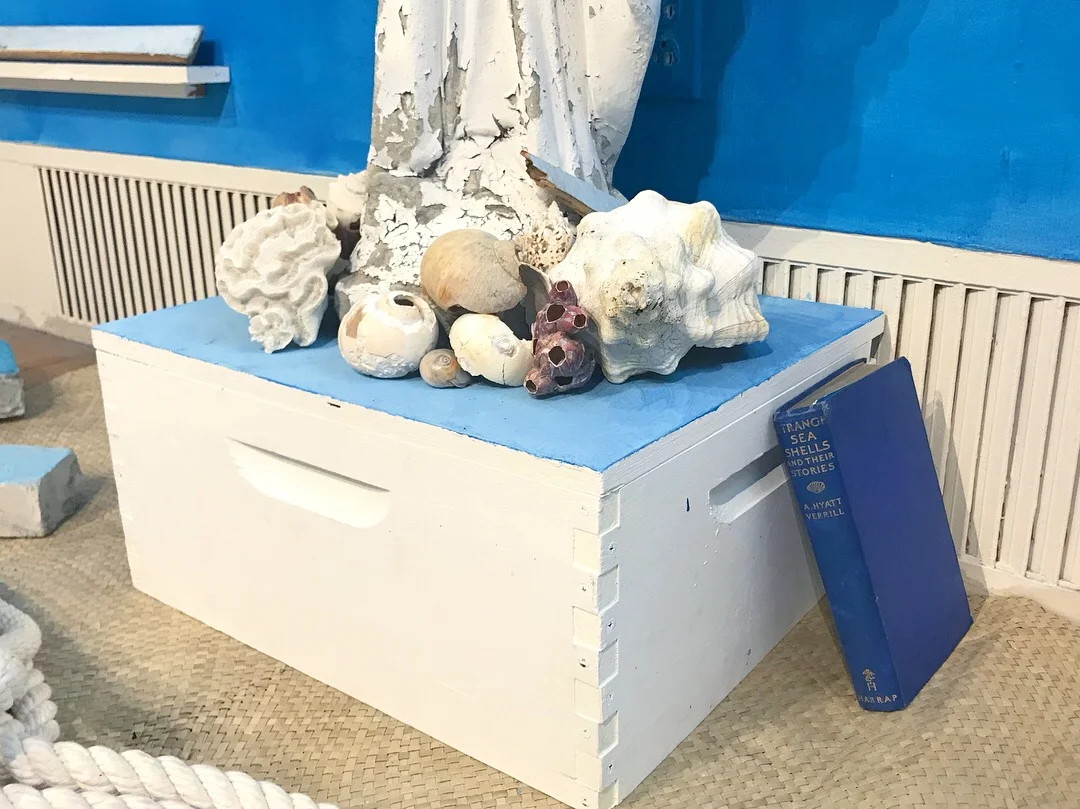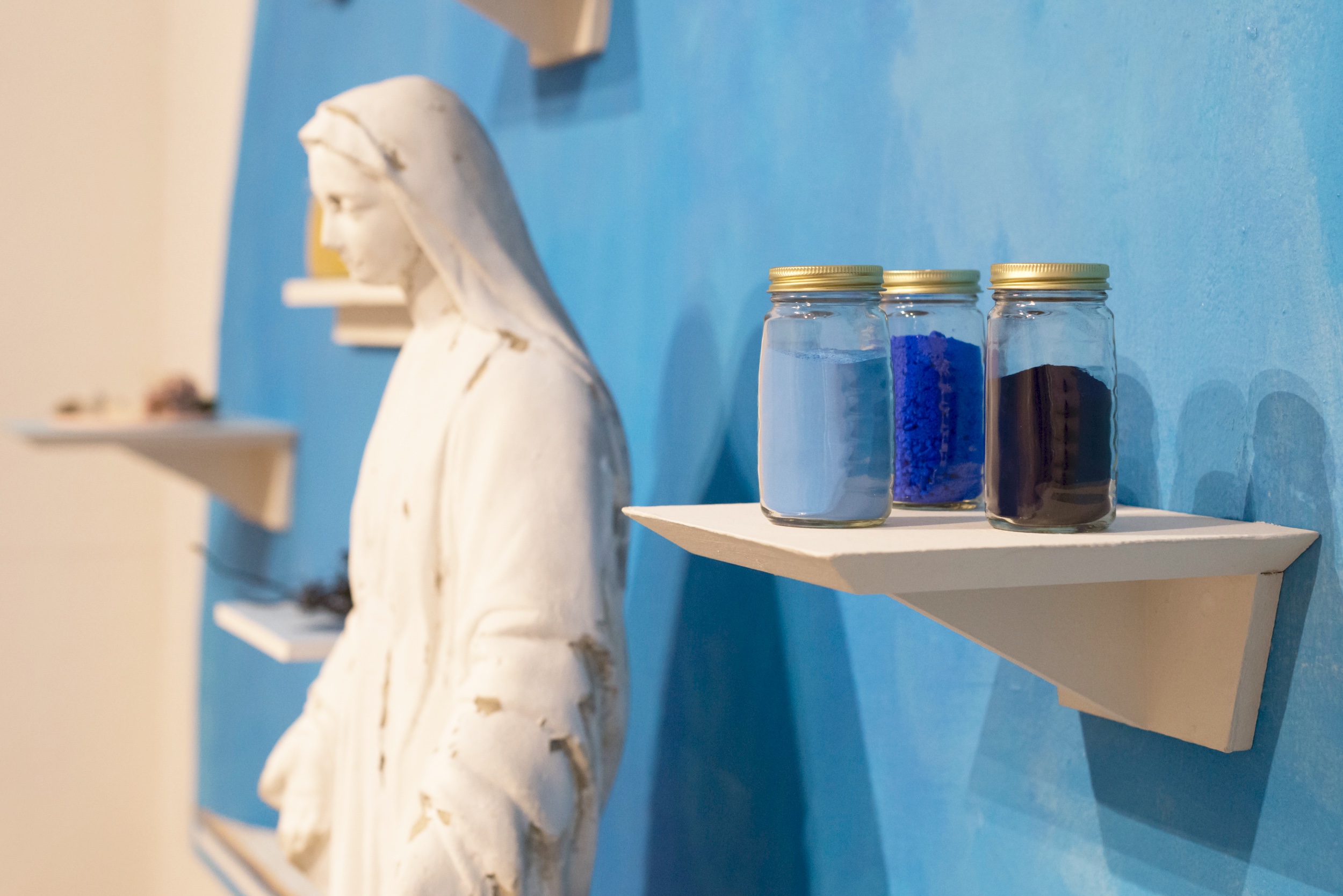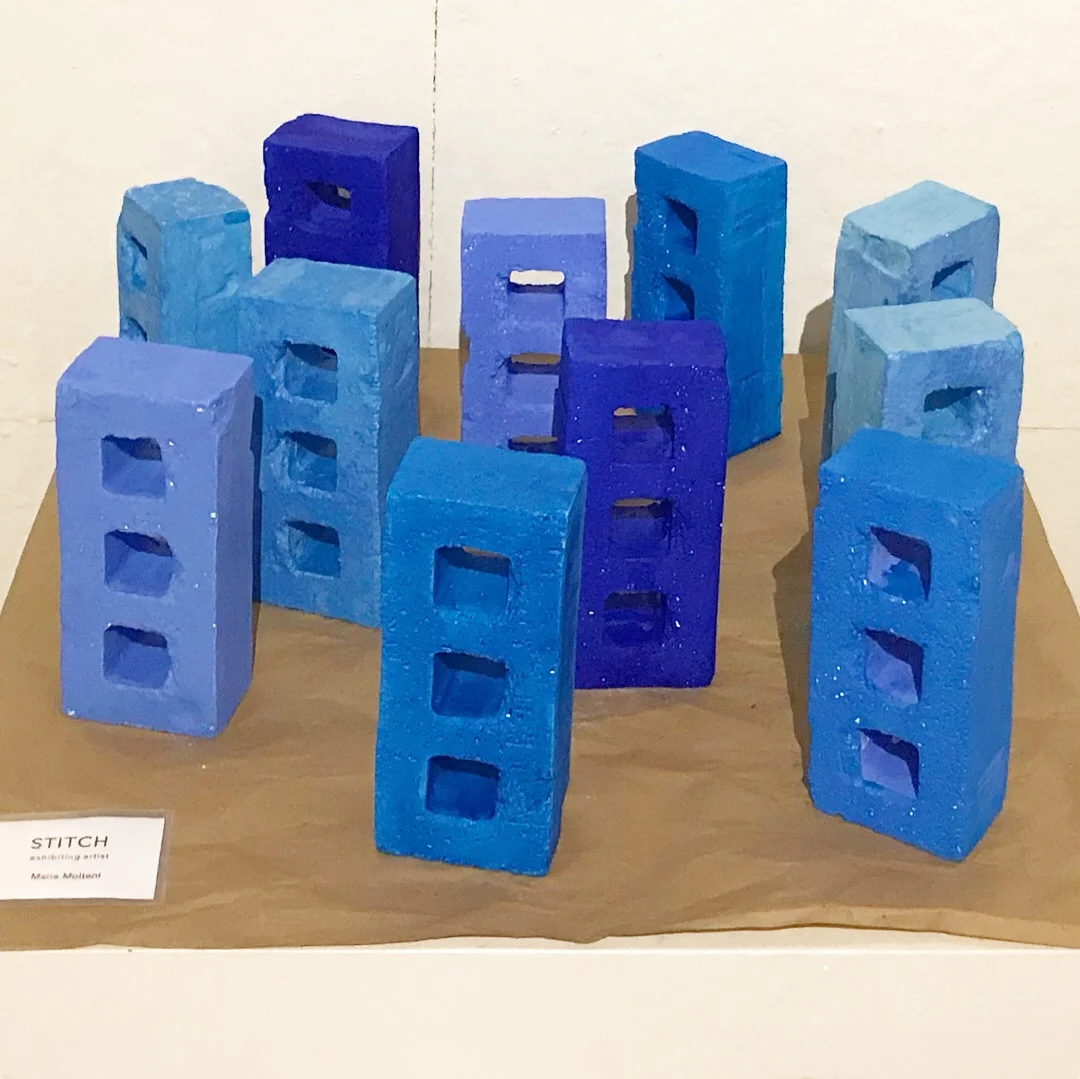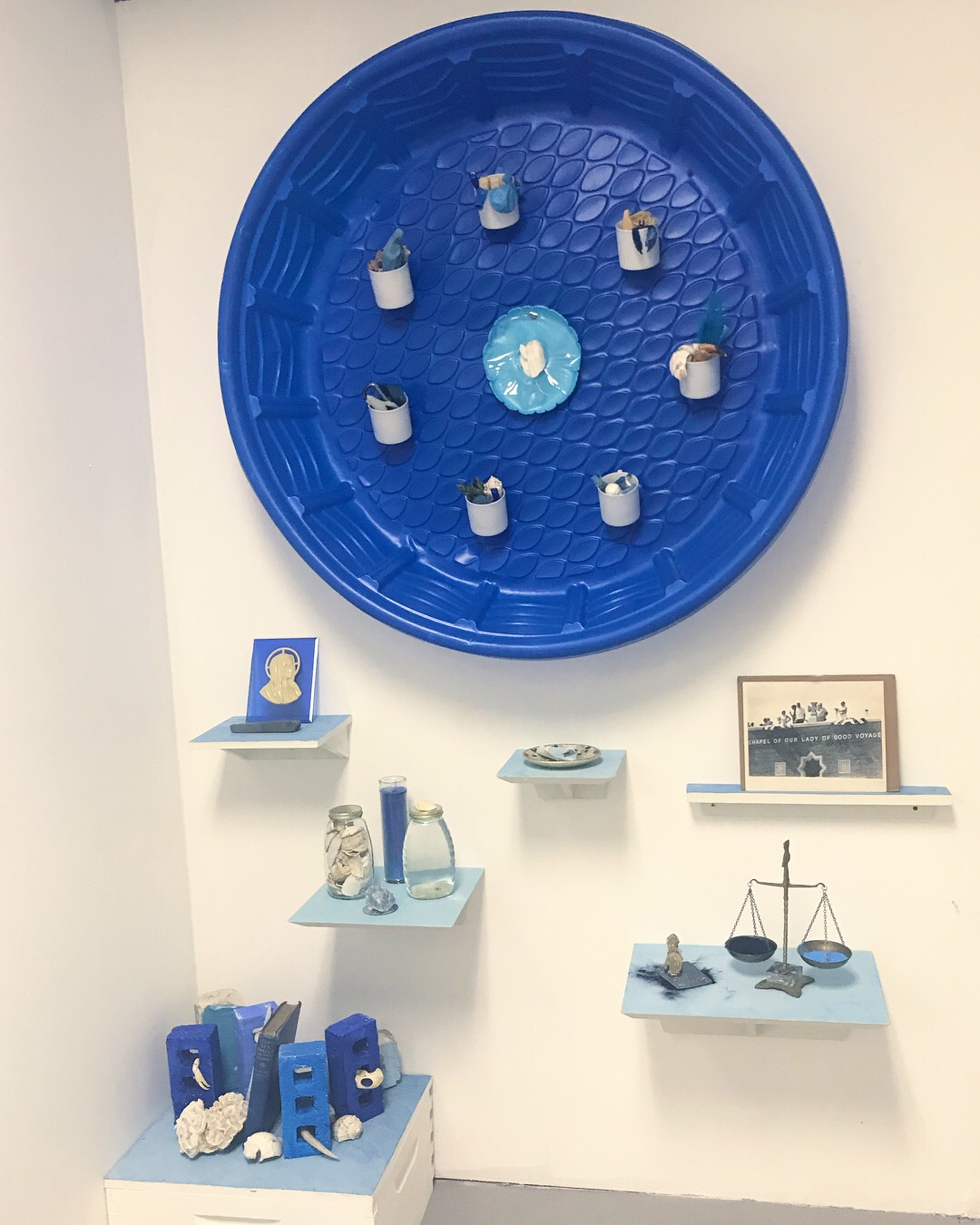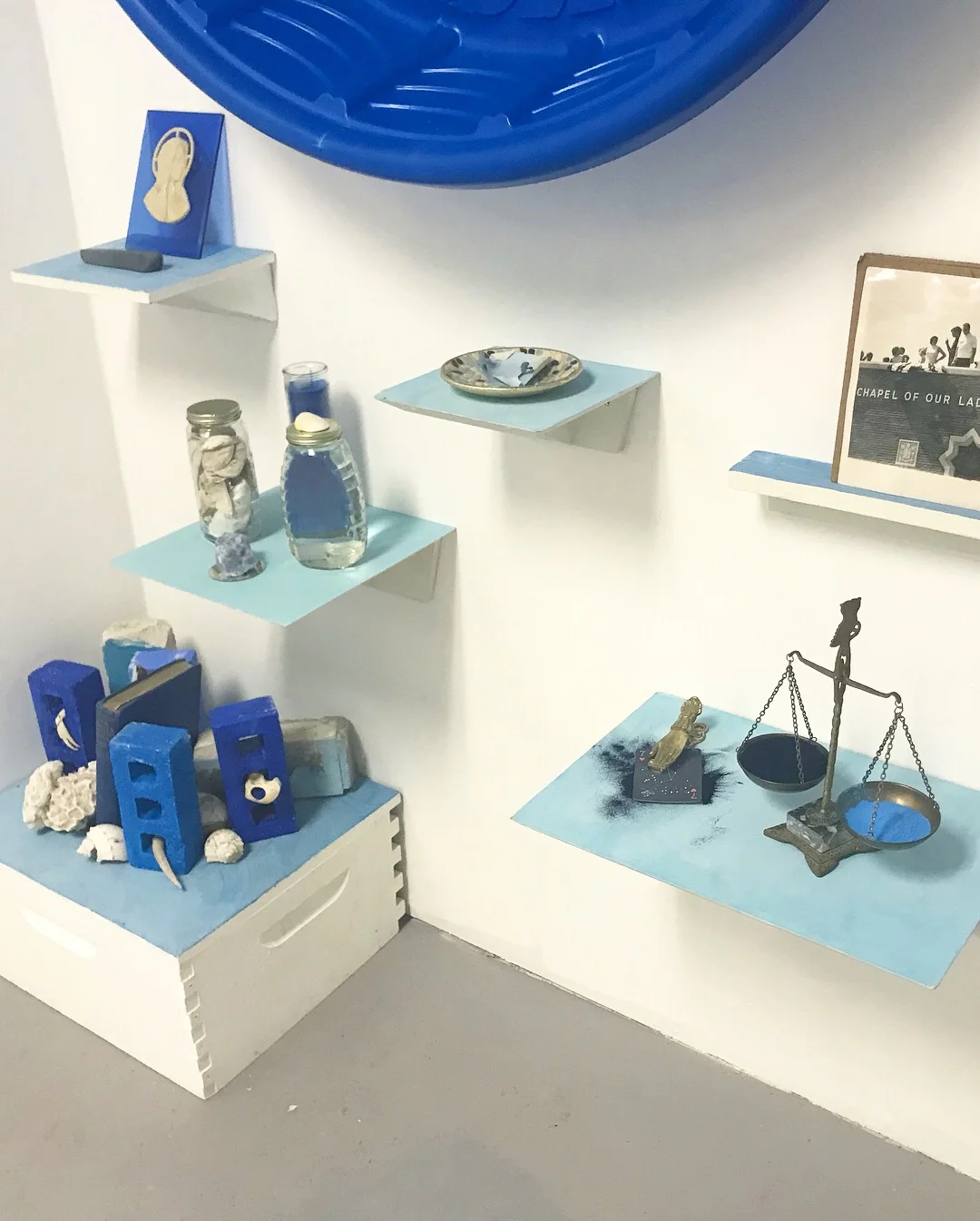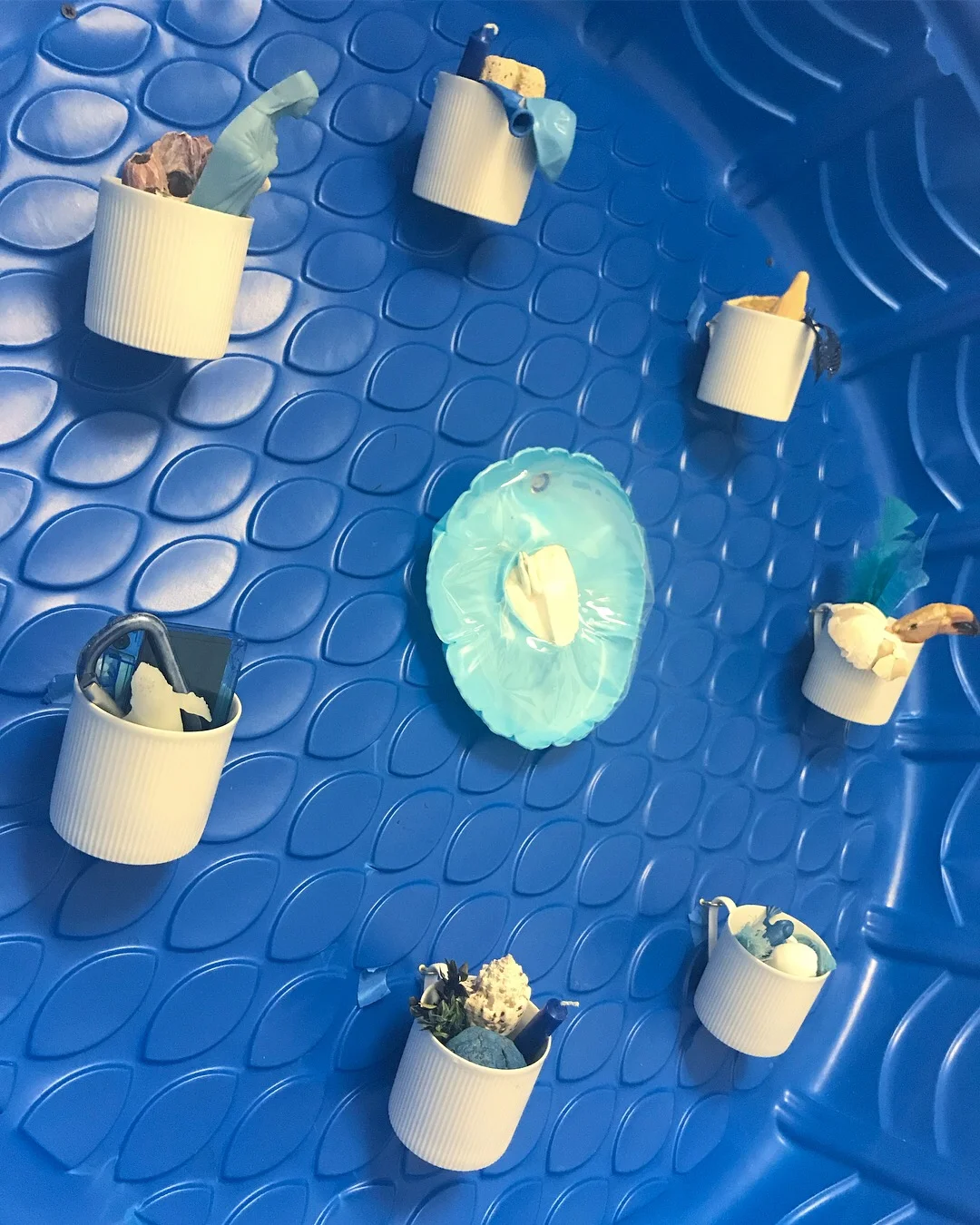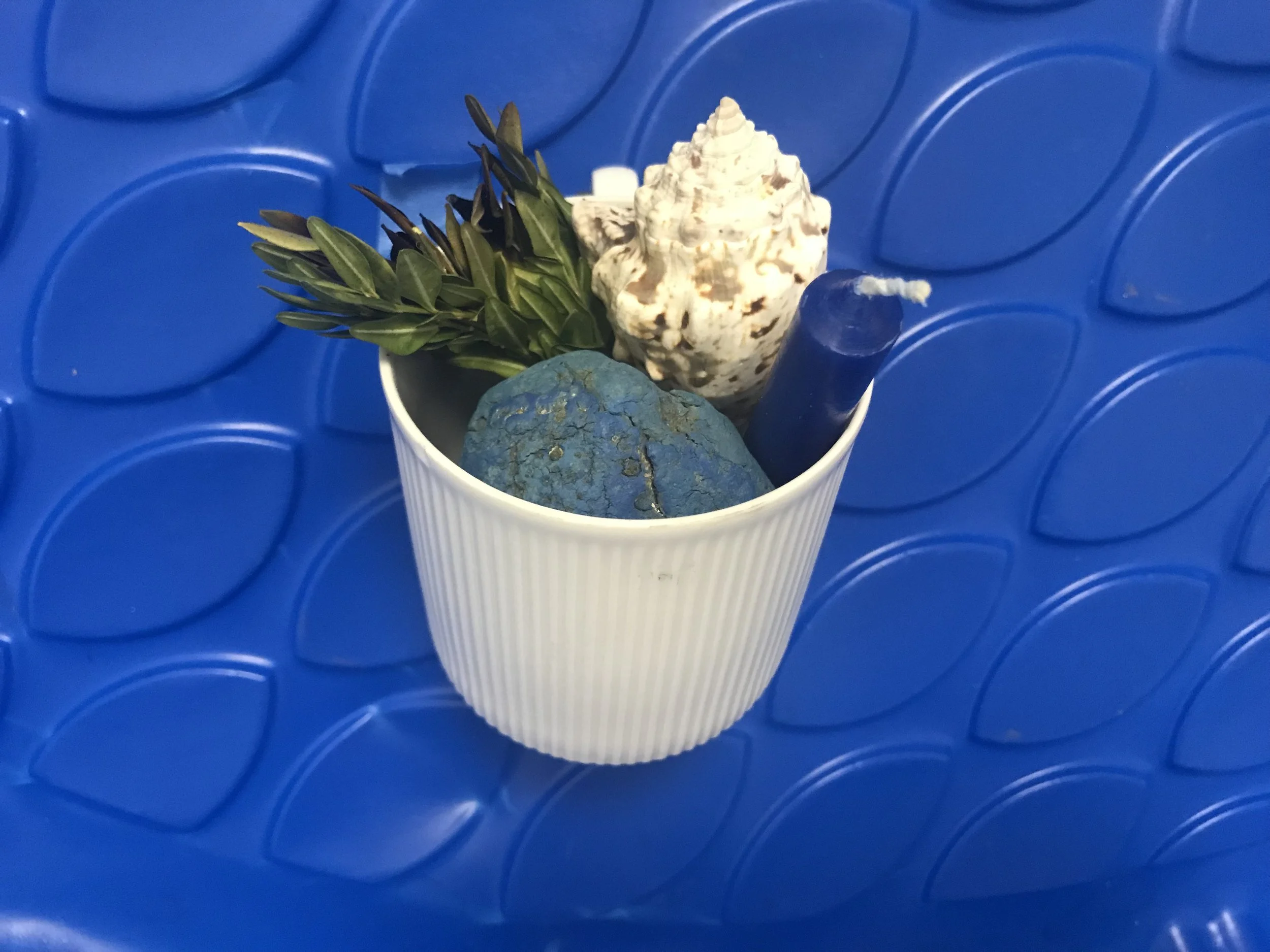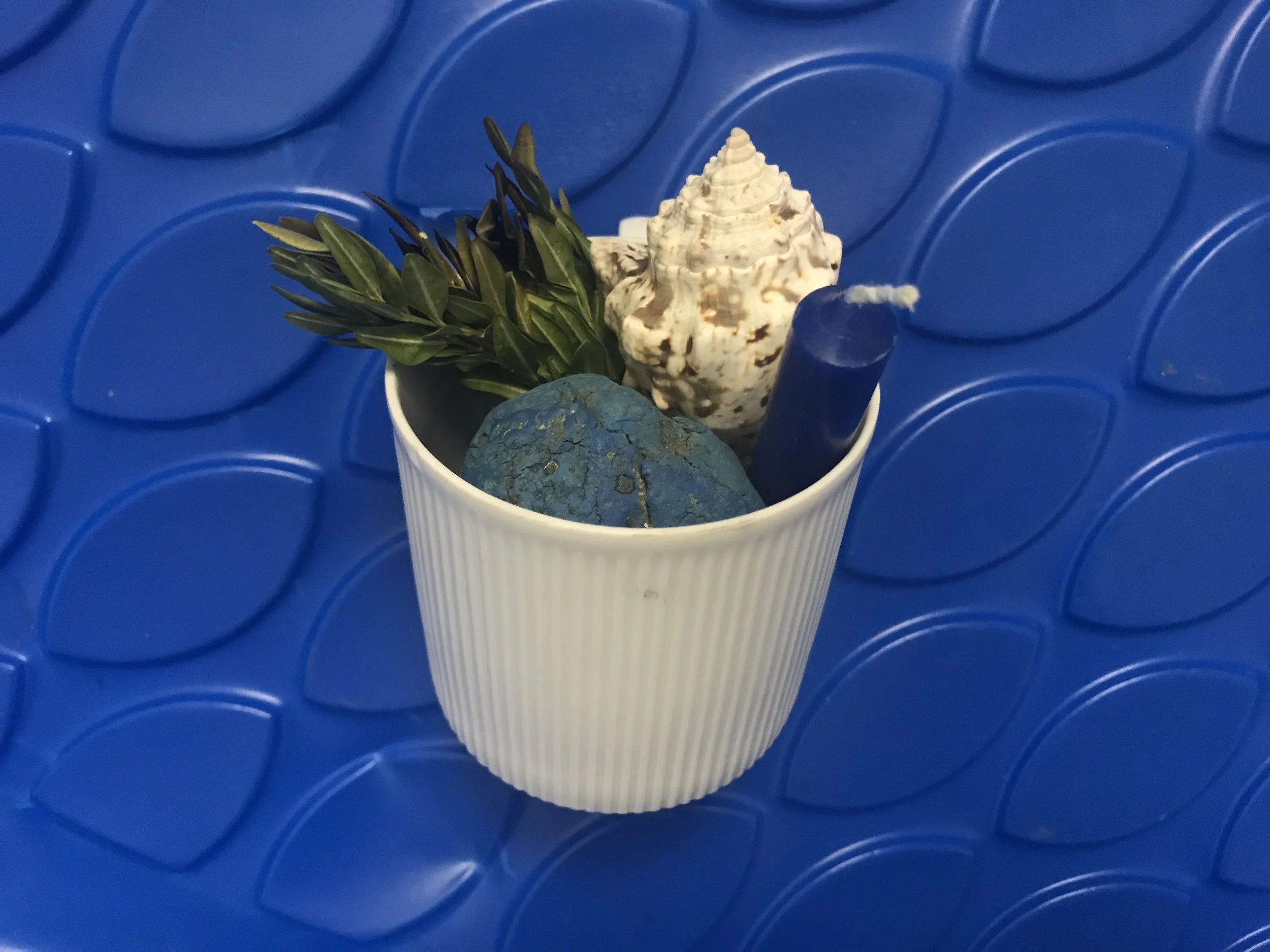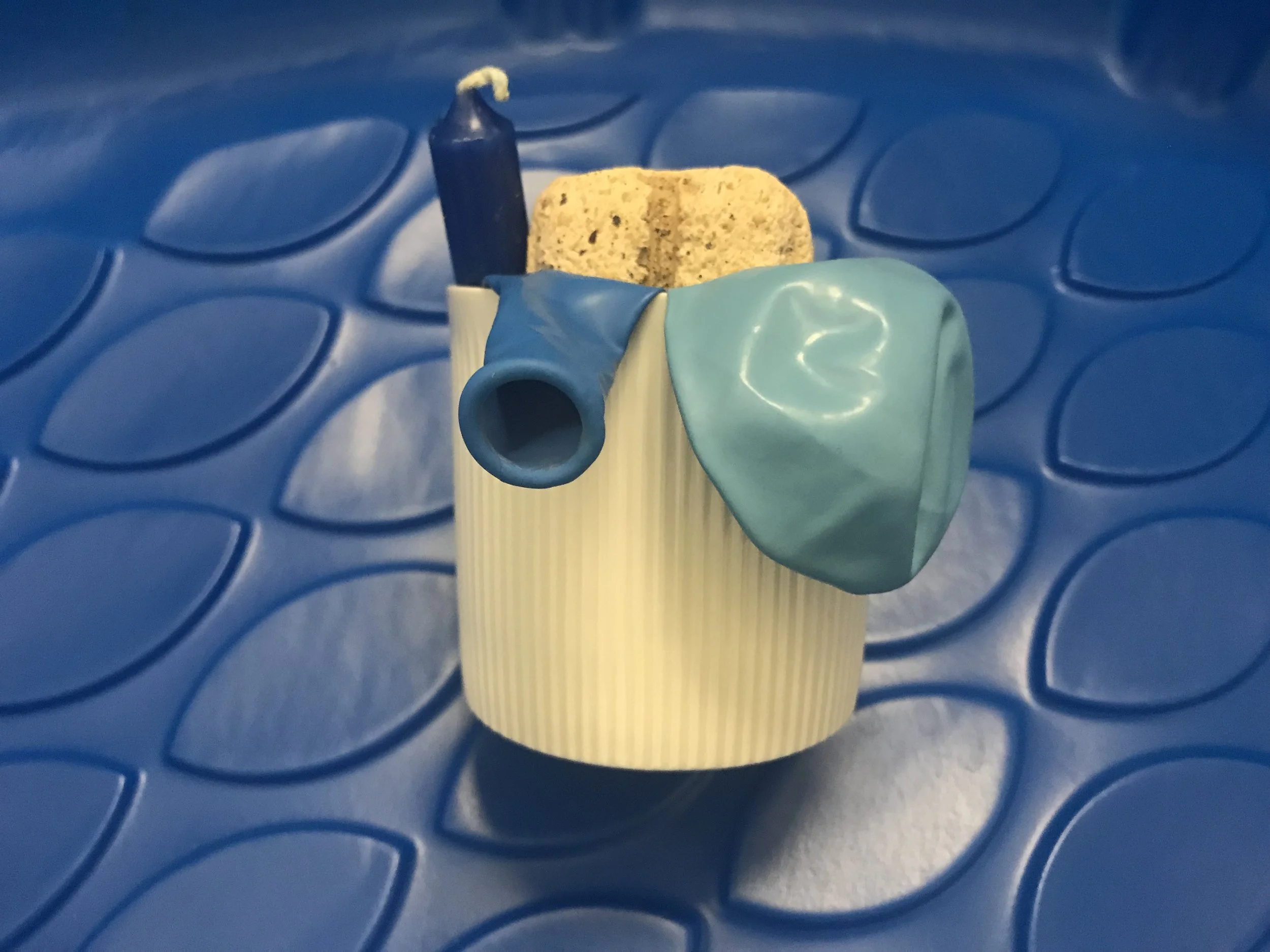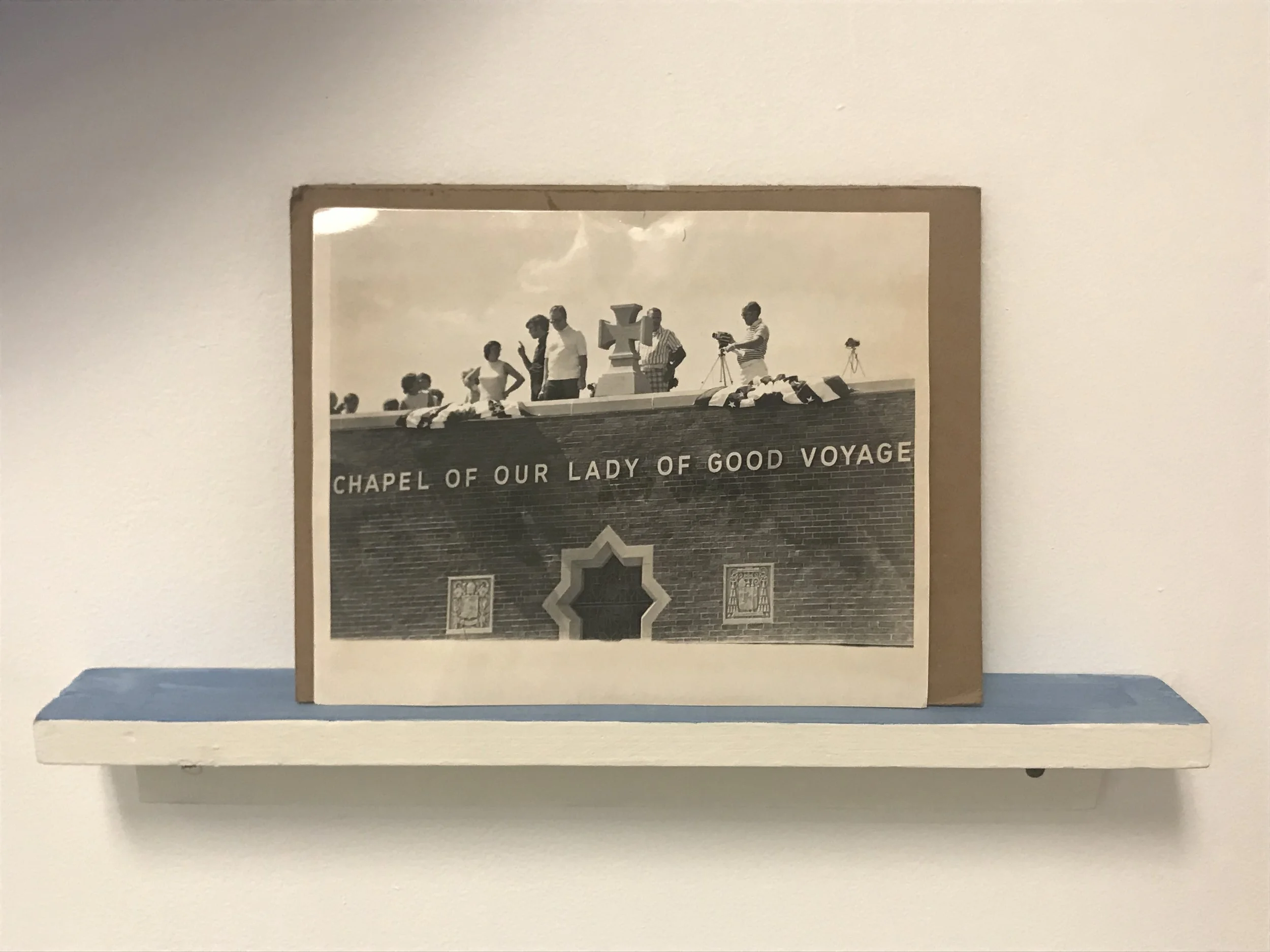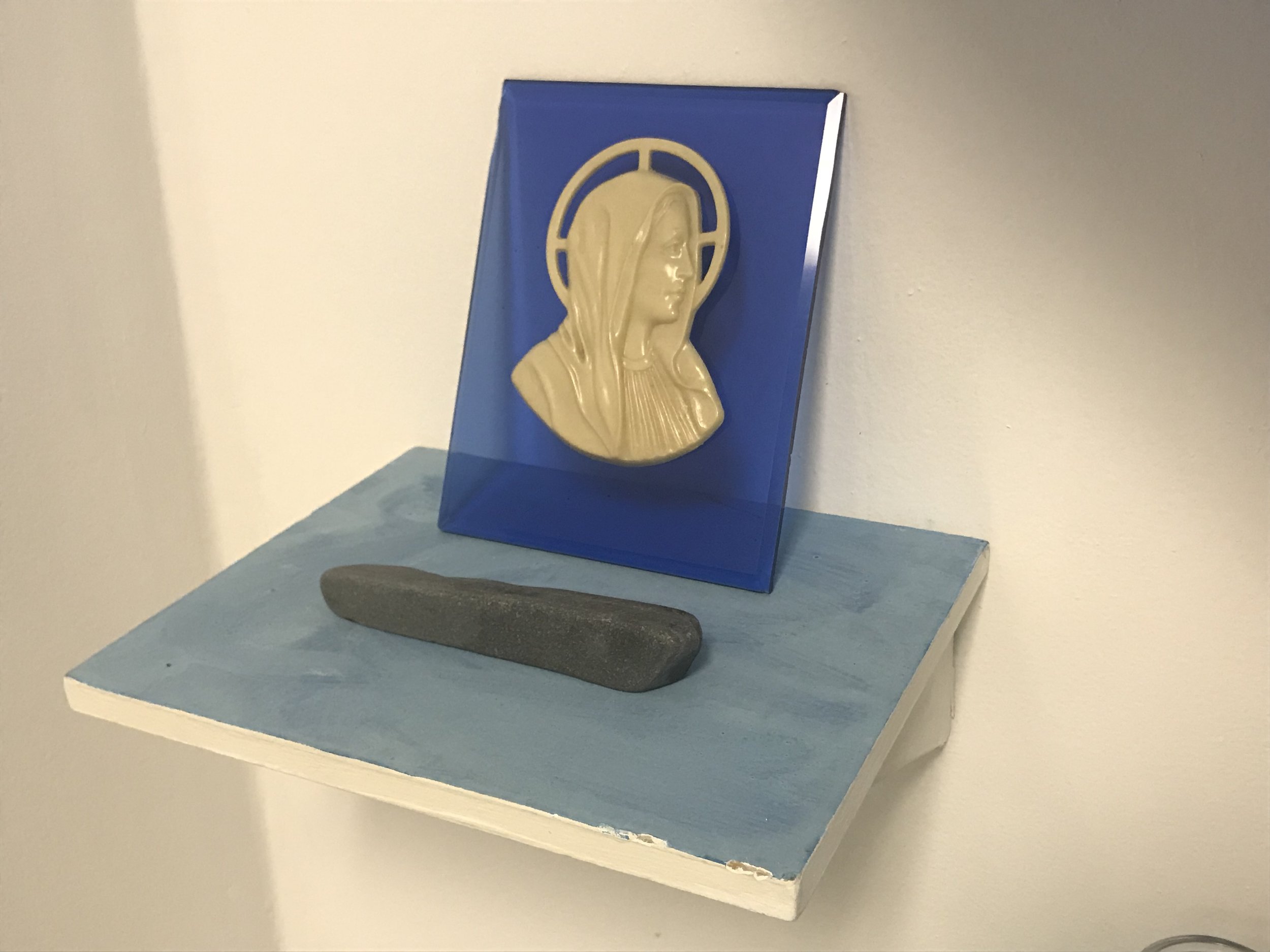MARIA MOLTENI
My work is conceptual, formal, socially engaged, deeply researched, collaborative, contemplative and mystical.
FALL OF A SEA BIRD / RUINA AVEM MARIS
/
1
2
3
4
5
6
7
8
9
10
11
12
13
14
15
16
17
18
19
20
21
22
23
24
25
26
27
28
29
30
·
·
·
·
·
·
·
·
·
·
·
·
·
·
·
·
·
·
·
·
·
·
·
·
·
·
·
·
·
·




